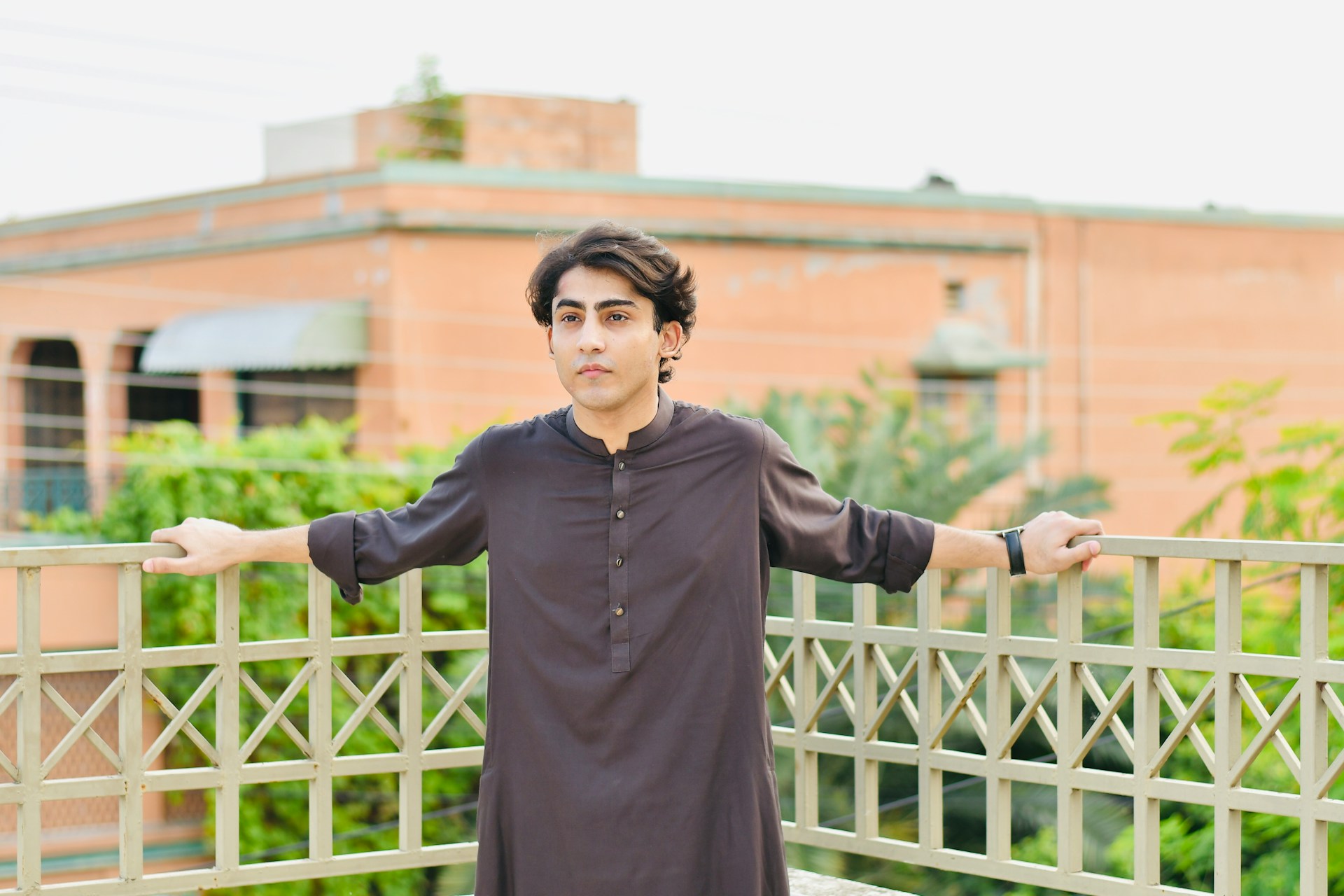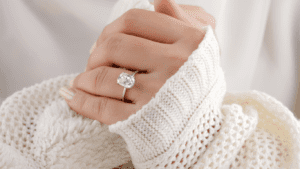History and Heritage of the Pathani
Imagine a garment that transcends mere clothing. A garment that whispers tales of warriors, whispers of tradition, and embodies a legacy passed down through generations. This is the Pathani, a majestic attire steeped in rich history and cultural significance. For those who have recently explored Pathani kurtas and are curious about their deeper story, this guide is your portal to a fascinating journey.
A Glimpse into Grandeur
The Pathani isn’t just a piece of clothing; it’s a symbol of strength, sophistication, and cultural pride. Its grace adorns men of all ages, from energetic youngsters to seasoned veterans. Whether you’ve seen it in a recent review or glimpsed it on a world stage, the Pathani’s aura of elegance is undeniable.
The Call to Adventure
Prepare to embark on a captivating exploration of the Pathani’s captivating story. We’ll delve into its origins in the rugged Afghan mountains, trace its evolution through history, and discover its enduring presence on the world stage. This guide is for the discerning reader who appreciates the cultural significance of clothing and desires a deeper understanding of this remarkable garment.
Know the Pathani’s Origins: A Tale of Warriors and Nomads
a. A Cradle of Tradition:
Our journey begins amidst the breathtaking landscapes of Afghanistan. Here, nestled amongst the harsh yet beautiful mountains, the Pathani first emerged. Its origins are closely linked to the Pashtun people, a proud and resilient ethnic group known for their nomadic lifestyle and warrior spirit.
b. The Pashtun Legacy:
The Pathani wasn’t merely an aesthetic choice; it was a garment designed for practicality. The Pashtuns, accustomed to a life on the move and harsh environments, needed clothing that could withstand the elements and allow for an active lifestyle. The Pathani, with its loose-fitting silhouette and durable fabrics, perfectly met these requirements.
c. Practicality Meets Pride:
Over time, the Pathani transcended its practical origins. It became a symbol of cultural pride for the Pashtun people, a symbol worn with honor during celebrations and social gatherings. The simple elegance and functionality of the Pathani resonated with the Pashtun values of strength, resilience, and cultural identity.
d. From Battlefield to Social Gatherings:
While the Pathani’s historical association with warriors is undeniable, its usage evolved. It became a garment donned not just for battle but also for social gatherings, religious ceremonies, and festive occasions. This shift signifies the Pathani’s growing importance as a cultural marker, a symbol that transcended its practical beginnings.
e. The Spread of a Tradition:
The Pashtun people’s migrations over the centuries carried the Pathani to various regions in South Asia and beyond. It found a home in countries like Pakistan, India, and even parts of Central Asia. While regional variations emerged, the core essence of the Pathani – practicality, elegance, and cultural significance – remained.
The Anatomy of a Pathani: A Closer Look
Now that we’ve explored the Pathani’s origins, let’s delve into its construction:
a. Deconstructing the Ensemble
The Pathani is typically a three-piece ensemble. The core element is the kurta, a long tunic reaching the knees or mid-calf. The salwar, loose-fitting pants with a comfortable drawstring waist, complements the kurta. An optional element is a vest, adding a touch of formality and sophistication to the attire.
b. The Kurta: Heart of the Attire
The kurta is the centerpiece of the Pathani. Traditional kurtas feature a straight cut with a simple collar and side slits. However, variations exist, with some kurtas boasting intricate embroidery or mandarin collars. The length of the sleeves can also vary, with full-sleeved kurtas being ideal for colder climates.
c. The Salwar: Comfort and Functionality
The salwar, the accompanying pants, are a key element ensuring comfort and ease of movement. Unlike typical trousers, they feature a loose fit around the thighs and gradually taper towards the ankles. This design allows for flexibility, making it ideal for the active lifestyle of the Pashtun people.
d. The Optional Vest: Adding a Touch of Flair
While not always included, a vest can elevate the Pathani’s formality. These vests, often made from similar fabrics as the kurta, can be plain or adorned with subtle embroidery. The addition of a vest adds a touch of sophistication, making the Pathani suitable for even the most formal occasions.
e. Fabrics Fit for Warriors: T
These fabrics provided warmth in colder climates and breathability in hot, arid regions. Today, a wider range of fabrics are used, including silk for a more luxurious feel and blends for improved comfort and wrinkle resistance.
Beyond Practicality: The Cultural Significance of the Pathani
The Pathani’s significance extends far beyond its practicality. Let’s explore its deeper meaning:
a. A Symbol of Strength and Honor:
The Pathani is intrinsically linked to the Pashtun warrior spirit. Its loose fit allows for ease of movement in combat, while the durable fabrics could withstand the rigors of battle. Wearing a Pathani signifies courage, honor, and a connection to a proud warrior tradition.
b. A Mark of Identity:
The Pathani serves as a powerful symbol of cultural identity for the Pashtun people. It visually connects them to their heritage and traditions, fostering a sense of belonging and community. Seeing someone adorned in a Pathani instantly evokes a sense of cultural pride and appreciation for Pashtun heritage.
c. Bridging Generations:
The Pathani plays a crucial role in connecting generations. Often passed down as family heirlooms, these garments carry a rich history and sentimental value. Fathers gifting Pathani kurtas to their sons solidify a connection to tradition and cultural identity, ensuring the legacy lives on.
d. A Statement of Elegance:
While practicality was its origin, the Pathani has evolved into a statement of elegance. The clean lines, rich fabrics, and subtle embroidery exude a timeless sophistication. In modern times, the Pathani is a popular choice for formal occasions, weddings, and cultural celebrations, signifying respect and a refined sense of style.
e. Modern Interpretations:
The Pathani has successfully adapted to the ever-evolving world of fashion. Designers incorporate modern elements while preserving the garment’s core essence. Variations include using lighter fabrics for warmer climates, experimenting with bolder colors, and adding contemporary embroidery patterns. These reinterpretations ensure the Pathani remains relevant and continues to resonate with modern audiences.
The Pathani on the World Stage: A Legacy Enduring
The Pathani’s influence extends far beyond its cultural origins:
a. From Warriors to Celebrities:
The Pathani has transcended cultural boundaries, finding favor with celebrities and fashion enthusiasts worldwide. From actors sporting Pathani kurtas in movies to international designers showcasing Pathani-inspired silhouettes on runways, the garment’s unique style is gaining global recognition.
b. A Symbol of Diversity:
The Pathani’s increasing popularity signifies a growing appreciation for diverse ethnic wear. It serves as a bridge between cultures, fostering a sense of global fashion exchange and inclusivity. Seeing individuals from various backgrounds embrace the Pathani celebrates cultural diversity and the beauty of traditional garments.
c. A Timeless Classic:
Despite the ever-changing fashion landscape, the Pathani remains a timeless classic. Its enduring appeal lies in its perfect balance of practicality, elegance, and cultural significance. The Pathani continues to resonate with people across generations and cultures, a testament to its enduring legacy.
d. A Call to Embrace Tradition
The Pathani is more than just clothing; it’s a symbol woven into the fabric of history and culture. By appreciating its rich heritage and cultural significance, we gain a deeper understanding of the world around us. Whether you choose to adorn yourself in a Pathani or simply admire its beauty, remember the legacy it represents: a legacy of strength, honor, and a connection to a rich cultural heritage. So, the next time you encounter a Pathani, take a moment to appreciate its timeless appeal and the captivating story it embodies.
The Pathani: A Practical Guide for Modern Wearers
Having explored the Pathani’s rich history and cultural significance, you might be curious about incorporating this unique garment into your wardrobe. Here’s a practical guide for modern wearers:
1. Choosing Your Pathani:
- Material Matters: Select a fabric suitable for the occasion and climate. Cotton remains a popular choice for its breathability and comfort. Silk offers a luxurious feel for special events. Blended fabrics can provide wrinkle resistance and easier care.
- Fit for Comfort: The Pathani should be comfortable and allow for ease of movement. The kurta shouldn’t be too tight and the salwar should offer a relaxed fit around the thighs. Opt for tailoring if needed to ensure a perfect fit.
- Style Variations: Explore the variety of kurta styles available. For a classic look, choose a kurta with a simple collar and side slits. For a more contemporary touch, consider kurtas with mandarin collars or subtle embroidery.
- Color Considerations: Traditional Pathanis often feature neutral colors like black, brown, or white. Modern interpretations offer a wider palette. Choose a color that complements your complexion and the occasion.
2. Accessorizing with Flair:
- Footwear: Pair your Pathani with traditional Peshawari chappals (leather sandals) for an authentic look. Alternatively, opt for dress shoes or loafers for a more formal setting.
- Headwear: A traditional turban or pakul (round cap) adds a touch of cultural flair. However, a simple scarf or no headwear is also acceptable.
- Jewelry: Keep jewelry minimal. A simple wristwatch or signet ring can complement the Pathani without overwhelming the look.
3. Modern Styling Tips:
- Fusion Fashion: Experiment with layering a Pathani kurta over a fitted shirt or wearing it with a contrasting salwar for a unique fusion style.
- Formal Flair: Elevate your Pathani for formal events by choosing a silk kurta in a rich color and pairing it with dress shoes and a pashmina shawl.
- Casual Comfort: For a relaxed look, opt for a cotton Pathani in a lighter color and pair it with comfortable sandals or loafers.
4. Exploring the Pathani Virtually
In today’s digital age, exploring the Pathani goes beyond reading. Here are some resources for further exploration:
- Online Retailers: Several online retailers offer a wide variety of Pathani kurtas in various styles, colors, and fabrics.
- Fashion Blogs and Websites: Discover how fashion enthusiasts and designers are incorporating the Pathani into modern styles.
- Cultural Documentaries: Immerse yourself in the rich culture surrounding the Pathani by watching documentaries about the Pashtun people and their traditions.
The Pathani: Caring for Your Investment
The Pathani, crafted from high-quality fabrics, deserves proper care to ensure it retains its beauty and elegance for years to come. Here’s a guide to caring for your Pathani:
a. Washing:
Always follow the care instructions on the garment label. For delicate fabrics like silk, dry cleaning is recommended. Cotton Pathanis can be hand-washed or machine-washed on a gentle cycle with cold water. Avoid using harsh detergents or bleach.
b. Drying:
Never put your Pathani in a dryer, as the high heat can shrink the fabric and damage the embroidery. Instead, hang it to dry in a cool, shaded area. Avoid direct sunlight, as it can fade the colors.
c. Ironing:
If ironing is necessary, use a low heat setting and turn the garment inside out. A pressing cloth can be used to protect the fabric from direct iron contact. For stubborn wrinkles, use a garment steamer for a gentler approach.
Conclusion:
The Pathani is more than just clothing; it’s a captivating story woven into the fabric of history and culture. From its origins in the rugged Afghan mountains to its global recognition today, the Pathani continues to inspire and captivate. By understanding its heritage and embracing its versatility, you can incorporate this timeless treasure into your wardrobe and celebrate the legacy it represents.
So, don the Pathani with pride, for it’s a garment that speaks volumes about strength, elegance, and a connection to a rich cultural tapestry.




